Tag: Markets & Value Chains

Food Packaging and the Food Loss and Waste Challenge
This blog post is the first in a series exploring the connection between food packaging and food loss and waste within sustainable food systems, focusing on nutritious, perishable foods. Throughout this series, FLW will be defined as a reduction in…
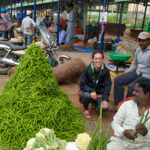
Alumna Builds on Doctoral Research with New Book on Food Loss and Waste
Most nutritionists are concerned with what foods people are putting into their bodies. Tata-Cornell Institute (TCI) alumna Jocelyn Boiteau is troubled by the food that doesn’t make it there—the fruits and vegetables that wither on the vine, are lost in…
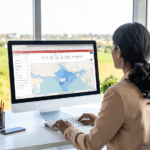
Enhanced FPO Platform for India Launches New Business Networking Feature
The Tata-Cornell Institute for Agriculture and Nutrition (TCI), with support from the Walmart Foundation, has enhanced the FPO Platform for India, introducing new data and features with information on nearly 45,000 farmer producer organizations (FPOs).
The new platform includes a…

New Book Tackles Food Loss and Waste
Each year, about 32% of the food produced across the world is lost or wasted. Tackling food loss and waste has been on the global agenda for decades, with policymakers citing it as a contributing factor to issues like food…
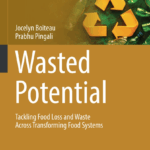
Wasted Potential: Tackling Food Loss and Waste Across Transforming Food Systems
As the world seeks to achieve zero hunger and mitigate the environmental degradation tied to food production and consumption, reducing food loss and waste is a critical challenge for policymakers in developed and developing countries alike. Wasted Potential: Tackling Food Loss and Waste Across Transforming...
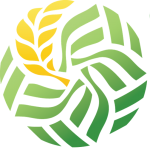
TCI Publishes 2024–25 Annual Report
The Tata-Cornell Institute for Agriculture and Nutrition (TCI) has published its 2024–25 Annual Report.
The report offers an in-depth look at the full range of TCI’s research and other activities, including grant-funded projects like the Zero-Hunger, Zero-Carbon Food Systems project…
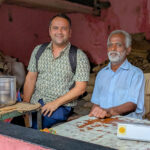
TCI Researchers Awarded Grant to Study Impact of Portable Food Benefits in India
A researcher from the Tata-Cornell Institute for Agriculture and Nutrition (TCI) and a TCI-supported graduate student were awarded a grant from the Polson Institute for Global Development to study the impact of reforms designed to help migrants access benefits from…

TCI Meets with Mexican Secretary of Agriculture to Discuss FPO Research
Researchers from the Tata-Cornell Institute for Agriculture and Nutrition (TCI) met with Mexico’s secretary of agriculture and rural development, Julio Berdegué Sacristán, on Friday, September 5, in Tlaxcala, Mexico. The researchers were invited to discuss potential collaboration to promote the…

Understanding Chicken’s Ascendant Position on Indian Plates
It is a common misconception in the West that the people of India are all vegetarians. In fact, only 30% of the Indian population is vegetarian, a figure that varies significantly by region, caste and religion. Despite being home to…

Q&A: What Are Value Chains and How Can They Improve Indian Diets?
In May 2025, the Tata-Cornell Institute for Agriculture and Nutrition (TCI) announced its newest project, Promoting Value Chains for Climate Resilience and Nutritious Diets. TCI researchers will map and analyze the value chains for key nonstaple food groups in India—coarse…

